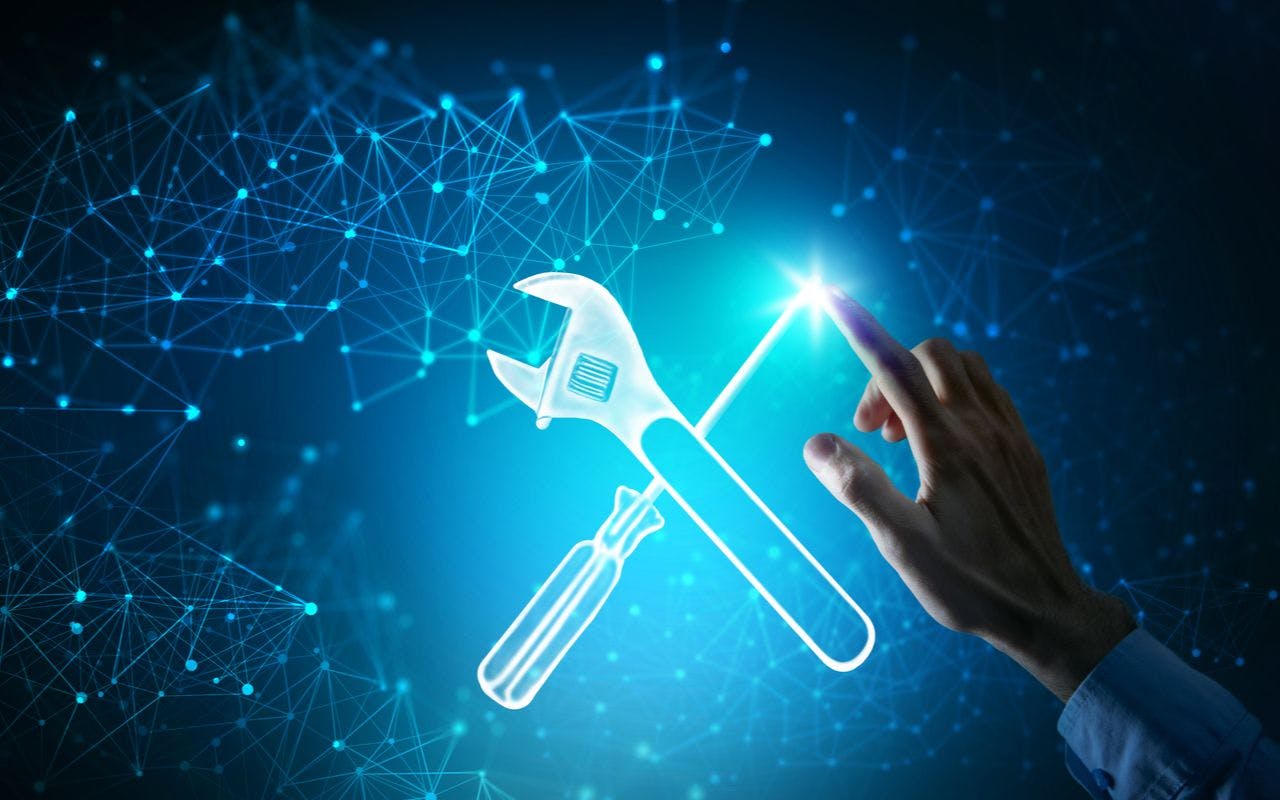
Acquire Better Data for Critical Equipment Decisions Using Maintenance Software
Keeping older assets too long is a significant profit leak for many contractors that operate heavy equipment. Fortunately, maintenance management software can help owners and managers make better decisions by putting vital information on the causes and costs of repairs over time at their fingertips.
Many companies fail to analyze the true cost of holding onto assets versus replacing them. Often, they report preferring older equipment because it’s fully depreciated. This is true, but depreciation alone is not enough to justify keeping a dozer, excavator, truck or other vital asset in the fleet.
There are three potentially significant costs of keeping equipment too long.
- Older equipment tends to have more unscheduled breakdowns, leading to more jobsite disruptions and unrecovered costs.
- If a particular piece of equipment becomes known in the organization as unreliable, there is a tendency to deploy it less to jobsites. This adds more unrecovered costs.
- The ongoing maintenance and repair costs of older equipment can grow rapidly. Graph the repair costs, and the curve typically starts looking like a hockey stick as the years go by.
To fully comprehend this, it is important to understand the typical life cost cycle of an asset. There are three phases of an individual piece of equipment’s cost cycle: early, middle and late. It is important to note that the phases are based on hours of usage not chronological age. This is because equipment is used up by running it, not by just owning it.
During the early phase, the primary cost of a piece of equipment is depreciation. Repairs beyond routine preventive maintenance should be minimal, as the equipment is fairly new. Over time, the depreciation runs out and repairs increase. During the middle phase, they balance each other out. This is when contractors typically have the lowest cost per hour to operate. In the late phase, the equipment becomes fully depreciated, and repairs increase as various components wear out.
A general rule of thumb for periodically evaluating an aging piece of equipment is to calculate annual repairs and maintenance as a percentage of replacement value. If this is 10% or higher, a deeper evaluation of the repair costs is appropriate, and a contractor should consider disposing of that piece of equipment. The denominator of this percentage (replacement value) is easy enough to obtain by consulting with equipment vendors.
The numerator (current annual repair costs) is much more complex and requires careful analysis of accurate historical repair data. As with most metrics, this is a starting point. Once an ongoing cost issue is identified for a piece of equipment, it becomes necessary to determine the type, cause and frequency of repairs. A robust Computerized Maintenance Management System (CMMS) is essential to accomplish this.
The best of these maintenance management software solutions will have many features and benefits, such as automated preventative maintenance scheduling, standard work orders, mechanic scheduling and warranty tracking. Relative to evaluating whether to retain or retire an asset, easy access to a detailed maintenance and repair history for each piece of equipment is another invaluable advantage. This data should not only provide the total costs for a period of time, but also enough information to facilitate root cause analysis.
Every time a piece of equipment is worked on, a CMMS should create a detailed work order showing the exact work, parts and costs. The cause of the repair should also be identified, preferably with consistent maintenance codes to make reporting and trend analysis easier. All of this information must be available in an easy to access database so that the repair history can be analyzed, and a determination made if the cost is a function of age or other causes, such as abuse.
Think about the alternative. With data on repair history trapped on spreadsheets or paper forms in a file cabinet or, worse, in the head of the shop manager, effective reporting and analysis are nearly impossible.
Contractors across all heavy construction sectors operate in a highly competitive environment with thin margins. The best run companies seek any cost advantage they can find. They ruthlessly weed out old equipment as part of this effort. A first-rate CMMS is a key tool to accomplish this.
Related stories








